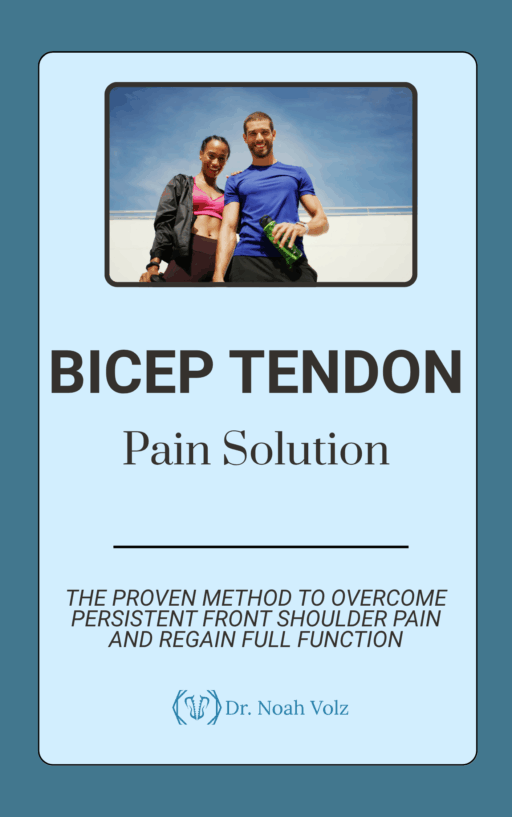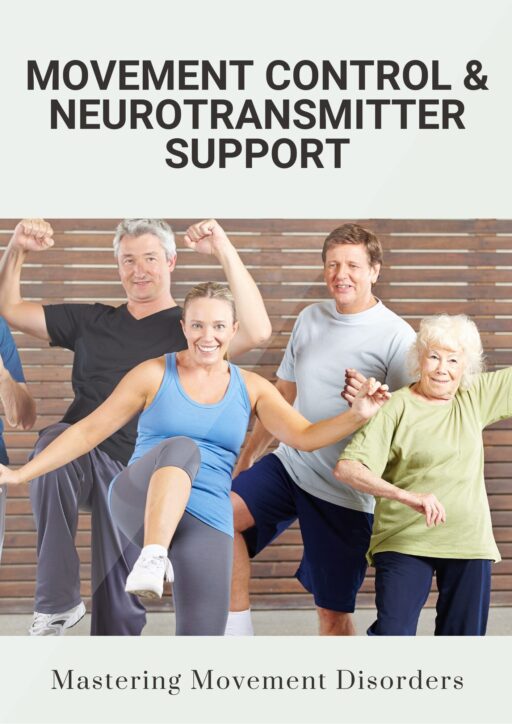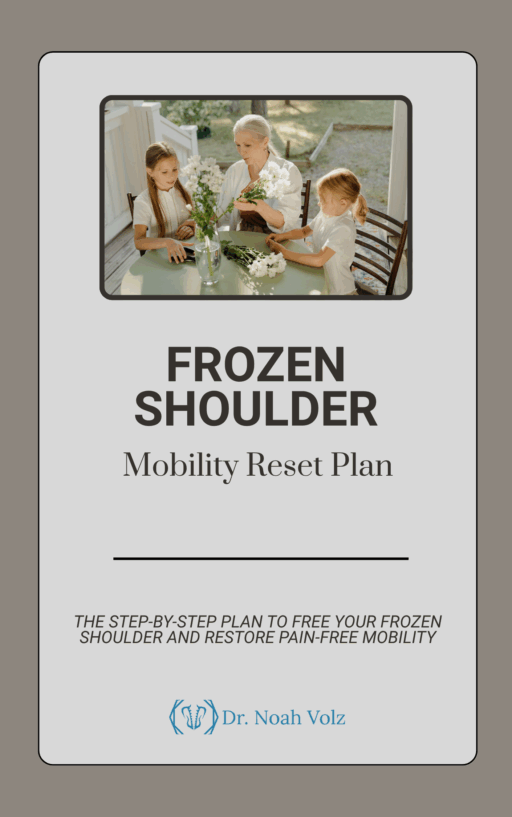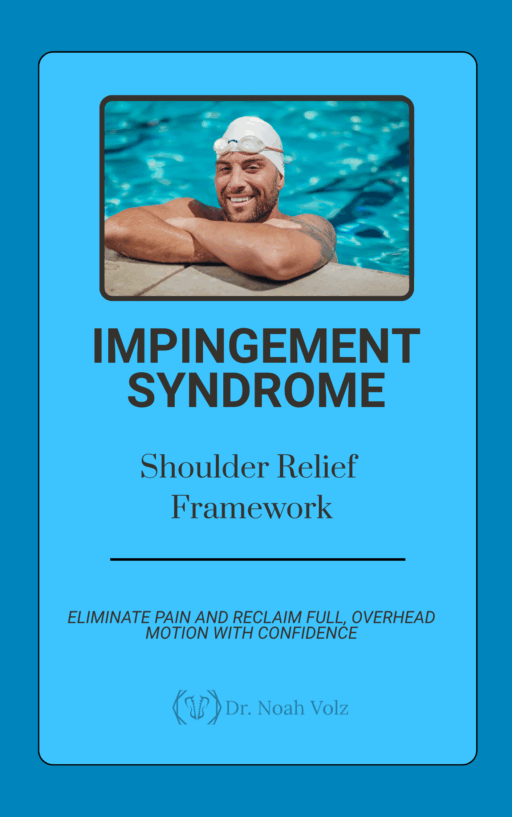Tom was skeptical.
A 64-year-old former runner, he’d been told his hip cartilage was “worn out.” Bone-on-bone, they said. His orthopedist gave him two options: cortisone shots to buy time—or hip replacement surgery.
But Tom wasn’t the type to accept that without exploring every alternative. He came to me in Ashland with one question:
“Is there any way to rebuild cartilage without surgery?”
The answer isn’t a miracle. It’s not magic. It’s cellular biology—activated by a therapy that’s as natural as it is powerful.
It’s called radial shockwave therapy—a non-invasive treatment that stimulates your body’s own stem cells to regenerate tissue, reduce inflammation, and yes, even promote cartilage healing.
And Tom isn’t alone. More and more research shows that this technology isn’t just about managing pain—it’s about reversing damage from the inside out.
Let me explain how it works.
Why Cartilage Doesn’t Heal Easily
First, a little background.
Cartilage is the smooth, rubbery material that covers the ends of your bones. It cushions joints and allows for fluid, pain-free movement. But here’s the problem: cartilage doesn’t have its own blood supply. That means when it’s damaged—by arthritis, injury, or wear-and-tear—it doesn’t heal the way skin or muscle does.
Instead, it breaks down slowly. You may feel stiffness at first. Then pain during activity. Then pain at rest. Eventually, bone begins to grind on bone.
Traditional medicine tells us there’s no real fix for this except joint replacement surgery. But that’s not the full story.
In recent years, researchers have discovered that mesenchymal stem cells—your body’s natural repair cells—have the potential to regenerate cartilage. The catch? They need a signal to activate.
That’s where radial shockwave therapy comes in.
What Is Radial Shockwave Therapy?
Radial shockwave therapy (RSWT) delivers high-energy acoustic waves into the tissues around a damaged joint. It stimulates circulation, reduces inflammation, and—most impressively—wakes up your stem cells.
Each session takes about 20 to 30 minutes. Using a handheld device, I direct the shockwaves into specific structures like:
-
The anterior hip capsule
-
The greater and lesser trochanters
-
The joint line where cartilage damage occurs
-
Surrounding muscles and tendons
The treatment feels like a deep tapping or thumping—intense, but tolerable. And afterward, most patients feel looser, more mobile, and in some cases, significantly less pain.
But the real changes happen deep inside.
The Science Behind the Healing
In a landmark study published in Stem Cell Research & Therapy, researchers exposed mesenchymal stem cells to radial shockwave treatment. The results?
-
The stem cells proliferated more rapidly
-
They increased their regenerative capacity
-
And when tested in an animal model with cartilage damage, the treated stem cells led to faster and better cartilage healing
Another study published in Biomed Research International reviewed dozens of trials and found that shockwave therapy was superior to:
-
PRP injections
-
Hyaluronic acid
-
Cortisone shots
-
Medications
-
Ultrasound therapy
Not just in pain relief—but in functional improvement and joint regeneration.
In plain English: shockwave therapy didn’t just make people feel better—it helped them move better and heal faster.
Unlike cortisone, which can degrade cartilage over time, shockwave protects and enhances joint integrity.
What We Did for Tom
After reviewing his imaging and performing a full movement assessment, we determined that Tom had moderate hip osteoarthritis with significant stiffness and weakness. Surgery was on the table—but we had time to try something less invasive first.
We created an 8-week care plan that included:
-
Weekly radial shockwave therapy
-
Chiropractic hip mobilization to increase joint motion
-
A targeted rehab program to build strength and stability
-
Nutritional support to reduce inflammation and enhance recovery
By the fourth week, Tom reported more spring in his step. By week six, he was walking without a limp for the first time in years. By the end of the program, he wasn’t thinking about surgery anymore.
“This is the most hope I’ve felt in a long time,” he told me. “I didn’t know my body could still repair itself.”
What Makes This Therapy Different?
There are plenty of tools out there for pain relief—but very few that actually stimulate tissue repair.
Radial shockwave therapy stands apart because it:
-
Activates stem cells to promote cartilage regeneration
-
Improves circulation in deep, hard-to-reach joints like the hip
-
Breaks up calcification and scar tissue that limits mobility
-
Reduces inflammation and chronic nerve irritation
-
Supports long-term change without drugs, injections, or surgery
It’s safe. It’s fast. And it works—even when other treatments haven’t.
Is It Right for You?
You might be a good candidate for radial shockwave therapy if you:
-
Have early to moderate hip osteoarthritis
-
Struggle with stiffness, soreness, or reduced mobility
-
Want to avoid surgery, injections, or long-term medication use
-
Are still mobile and active—but your joints are holding you back
-
Are willing to invest in a regenerative process—not just a quick fix
This therapy isn’t for everyone. It’s not for bone-on-bone cases that are too advanced. But if you’re in the window of opportunity—that critical stage where you still have cartilage to save—shockwave may be exactly what your body needs.
What to Expect
Treatment is simple. Most patients complete 6–8 weekly sessions. There’s no downtime, no medication required, and minimal side effects. Mild soreness is common, but resolves quickly.
And unlike many therapies that fade after a few days, the benefits of shockwave build with time—because your body is doing the work.
The Bottom Line
Your joints aren’t just wearing out. They’re asking for help.
Radial shockwave therapy provides the signal your body needs to respond—to reduce pain, restore mobility, and begin the deeper work of regeneration.
If you’ve been told cartilage doesn’t heal…
If you’ve been told surgery is inevitable…
If you’re looking for a natural way to stay active and strong…
Then it’s time to try something different.
Schedule your hip evaluation today and let’s find out if this natural, research-backed therapy is right for you.
Because sometimes, the best medicine isn’t invasive or artificial—it’s simply helping your body do what it was designed to do. Heal.
-

Bicep Tendon Pain Solution
$50.00 -

Brain Detoxification & Recovery System
$50.00 -

Brain Energy and Endurance Support System
$50.00 -

Brain-Based Movement and Motor Control Training
$50.00 -

Centralized Low Back Pain
$50.00 -

Cervical Radiculopathy: Neck and Nerve Relief Pathway
$50.00 -

Complex Low Back Pain
$50.00 -

Complex Radiating Low Back Pain
$50.00 -

Cross-Pattern Low Back Pain
$50.00 -

Frozen Shoulder Mobility Reset Plan
$50.00 -

Impingement Syndrome: Shoulder Relief Framework
$50.00 -

Mastering Brain Senses: Rebuild Your Hearing, Vision, and Body Awareness
$50.00













